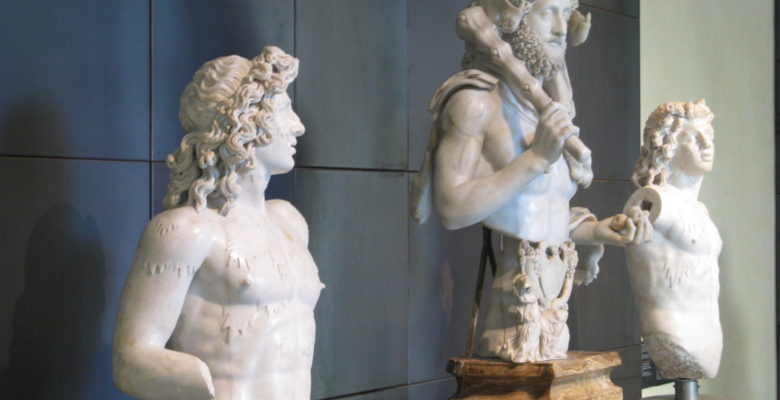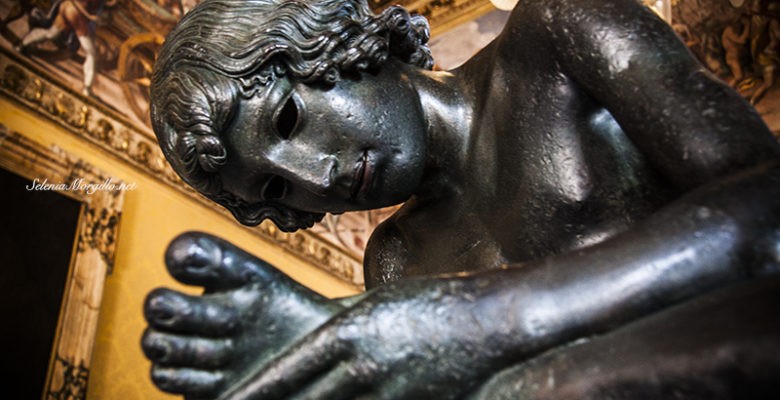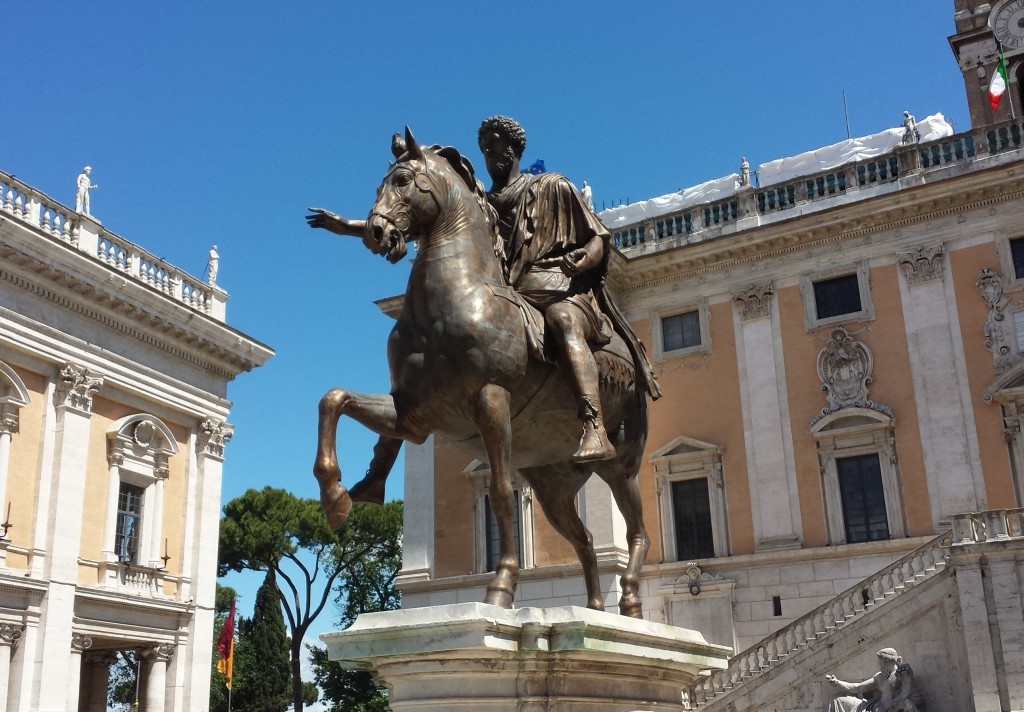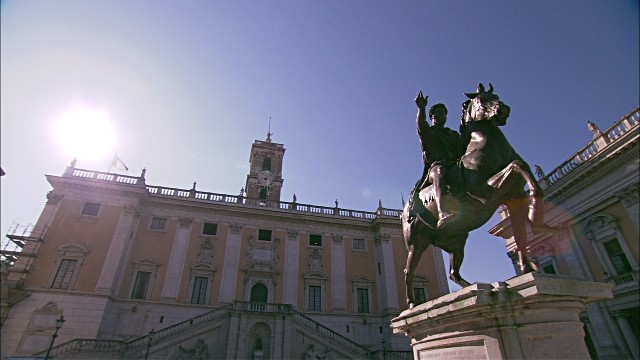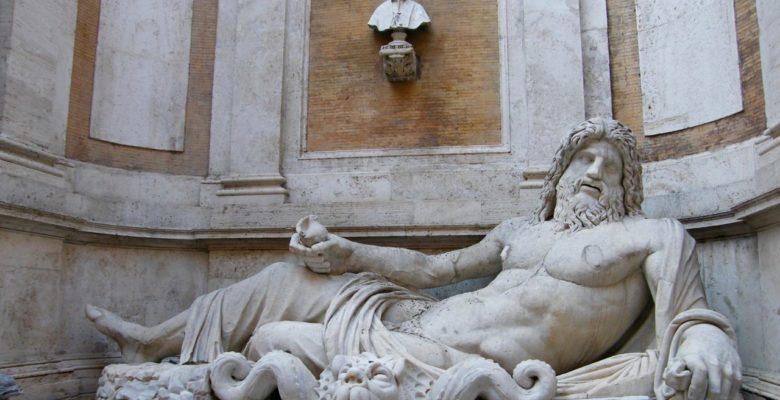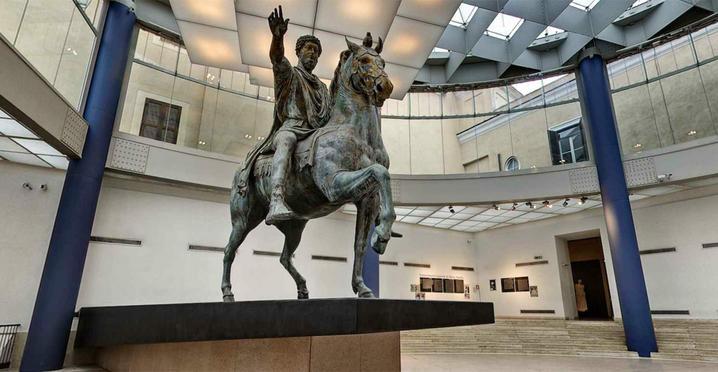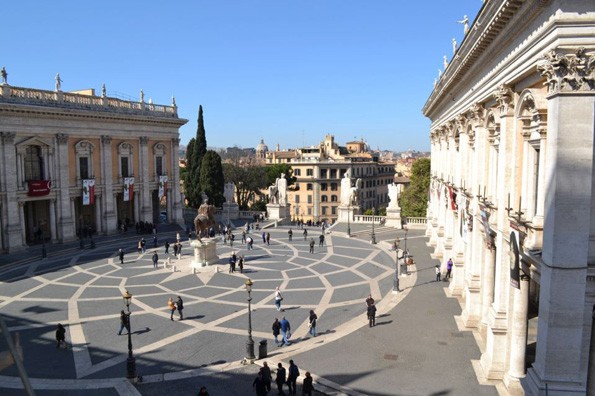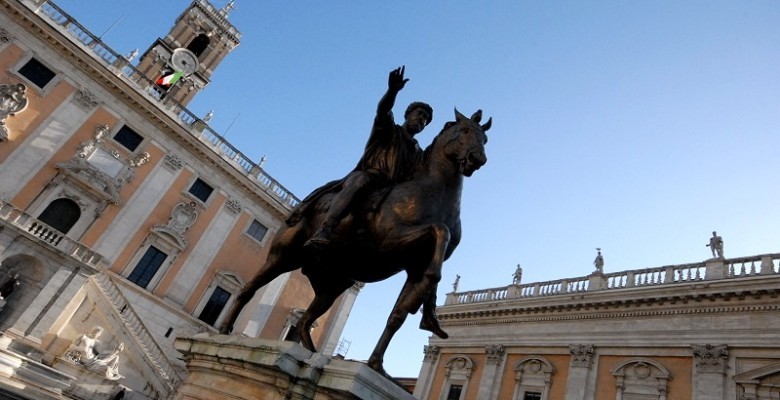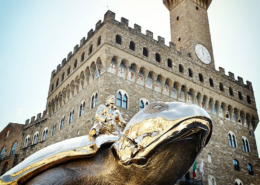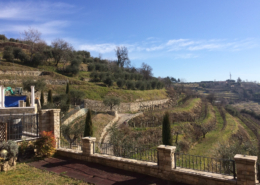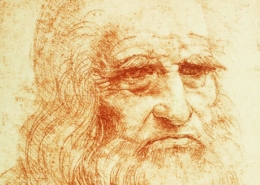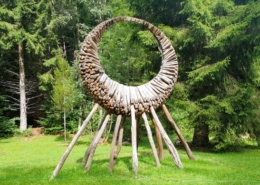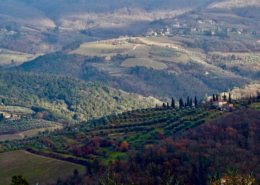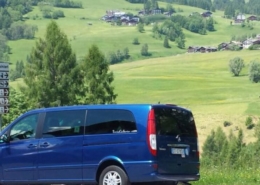Highlights of this tour
- The Capitol Hill, with 2.500 years of history
- Piazza del Campidoglio, by Michelangelo
- The Equestrian Statue of Marcus Aurelius
- The Capitoline Museums with the She-Wolf and the Capitoline Venus
- Historical survey of Ancient Rome
CAPITOL HILL & CAPITOLINE MUSEUMS
Capitol Hill & Capitoline Museums. A journey into history from the inauguration of the temple of Jupiter at the beginning of the Roman Republic (509 BC), until the days in which the statue of Marcus Aurelius was moved here, and Michelangelo got the task by Pope Paul III Farnese of redesigning the whole Square.
Our tour will focus in the profound significance of the Capitol Hill for the Roman People, witnessed by the decision made by Pope Sixtus IV in 1471 of creating here a museum of ‘memory’, preserving and constructing some of the symbols of Ancient Rome. It is considered the first public museum of the world.
We’ll climb the imposing ‘Cordonata’, the stairway designed by Michelangelo and will stop to admire Piazza del Campidoglio, a trapezoidal square surrounded by three theatrical facades, conceived by Michelangelo, who masterly transformed preexisting architectures in a new and organic space.
During our Capitol Hill & Capitoline Museums tour your guide will sketch the 2,500 years long history of this site, the tallest of the seven hills of Rome, going through the glorious days of Rome, when the Capitolium was the Holy Acropolis, to the era of decadence and destruction during the Middle Ages, until the meaningful ‘rebirth’ with the Popes of the Renaissance.
While the Senatorial Palace is still today Rome’s City Hall and is not opened for visits, the two buildings right and left of the Square, respectively Palazzo dei Conservatori and Palazzo Nuovo are the seat of the Capitoline Museums. Get ready to remain open mouthed when we enter!
We’ll be greeted in the courtyard of Palazzo dei Conservatori by the colossal rests of the Statue of Constantine, formerly in the Basilica of Massentius.
An enormous foot, a huge pointing finger, a big head: they were the ‘naked’ parts of the statue, that for the rest was covered with bronze.
Cost of this tour
- This tour lasts three hours and costs 330 euros up to six people (not per person), only private parties.
- For larger parties send us an email!
- Admission fees per person: Capitoline Museums: 19 euros – reduced for students 17 euros
- Open 7 days a week
Dress Code and advice
- Please wear comfortable shoes
- No backpacks thank you!

